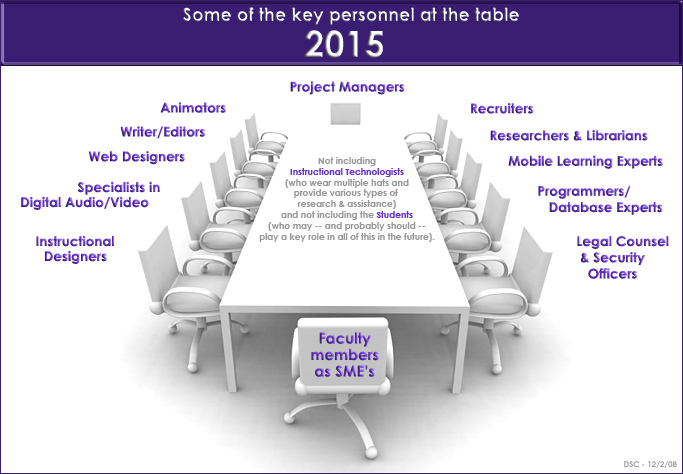Is college overrated? — from USAToday.com by Patrick Welsh
By Web Bryant, USA TODAY
From DSC:
Those of us in higher education better damn well pause for some serious time of reflection when we continue to see this type of question being asked out there. We had better address it head-on, as I have it that the bubble is already starting to burst in some institutions of higher education — and what’s just as troubling to some, is that the Internet continues its path towards Disruption. But whether you think that there is a bubble or not, the bottom line is this: When we even see this question being asked, we have a problem.
And we had better figure out a way to deliver education at a 50%+ discount/savings. Perhaps there needs to be a continuum of pricing related to how much time a student has access to a full-time faculty member…or perhaps there are different pricing structures for 100- and 200-level courses as opposed to 300- and 400- level courses…perhaps you get a price break when you take a course taught by a grad student…
We need to start thinking much more creatively about pricing structures and how we can get the price of a college education down to much more affordable prices.
We do not want to be in an overvalued* position — a position we will be in if we maintain the status quo.
* What does overvalued mean? — from http://www.investopedia.com/terms/o/overvalued.asp
A stock with a current price that is not justified by its earnings outlook or price/earnings (P/E) ratio and, therefore, is expected to drop in price. Overvaluation may result from an emotional buying spurt, which inflates the stock’s market price, or from a deterioration in a company’s financial strength.
Investors may be willing to pay more for stocks with superior growth potential, but they don’t want to overpay for a company with growth prospects that don’t justify its current market price. One way to determine whether a stock may be overvalued is to look at the price-to-earnings-to-growth (PEG) ratio. For example, a stock is generally considered to be fairly valued if the PEG ratio is 1 (which means the P/E ratio equals the estimated earnings growth), and possibly overvalued if the PEG is more than 1.













